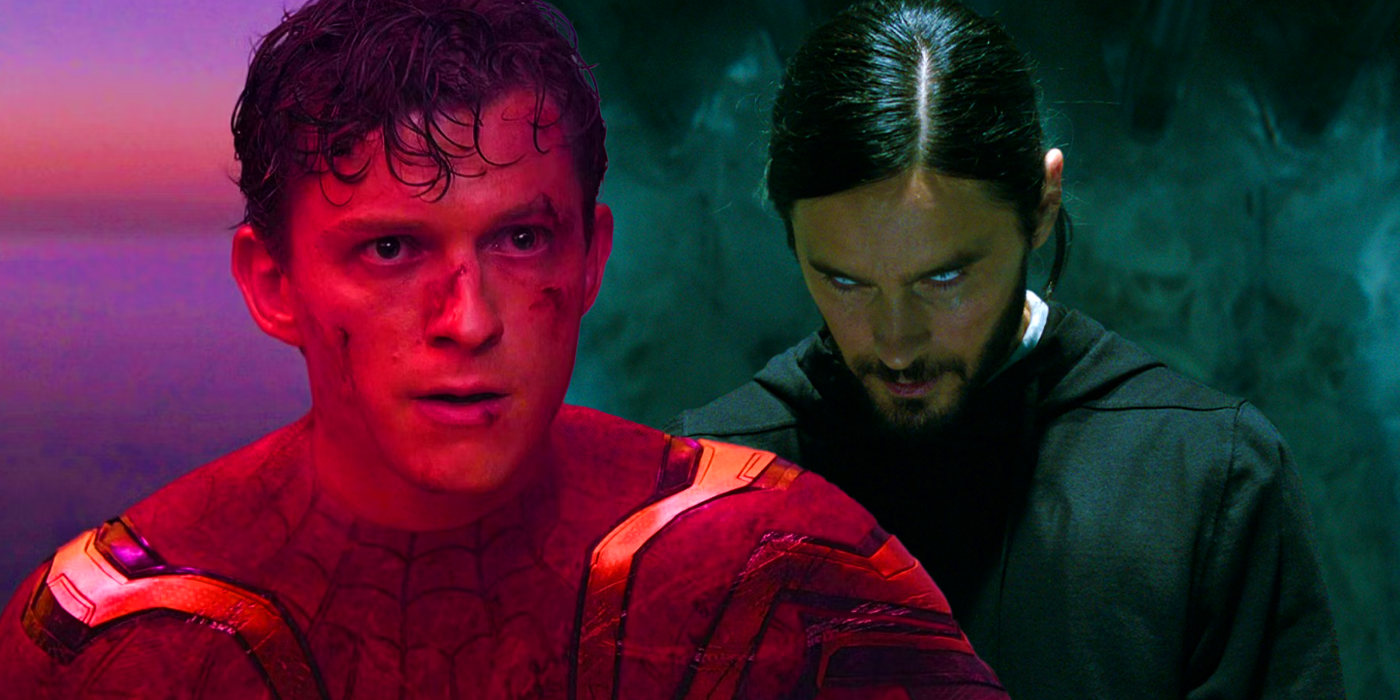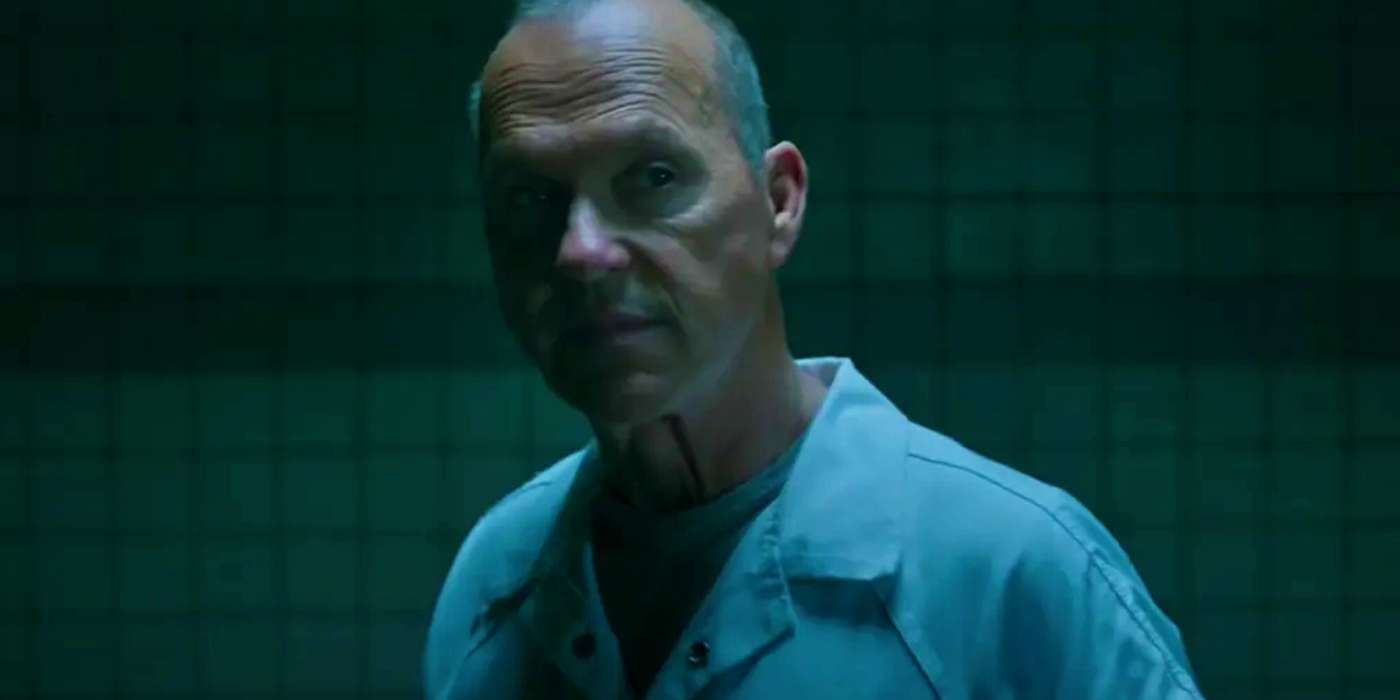Summary
- Original plans for Spider-Man: No Way Home included a cut scene featuring Michael Keaton’s Vulture, providing a solution to a glaring issue in Sony’s Spider-Man Universe.
- The scene would have seen Peter Parker approaching Toomes for help in rehabilitating the multiversal villains, potentially retconning and avoiding the confusion caused by Morbius’ post-credits scenes.
- If Toomes had been portrayed as free from prison in No Way Home, it would have altered the events in Morbius and suggested a different dynamic between Vulture and Spider-Man.
One cut scene from the original plan of Spider-Man: No Way Home could have allowed the MCU to solve one glaring issue with a recent film in Sony’s Spider-Man Universe. Tom Holland returned as the MCU’s Peter Parker in 2021’s Spider-Man: No Way Home, bringing his first MCU trilogy to a close and detailing the end of his official origin story. Taking place in the MCU’s Multiverse Saga, No Way Home included several characters from various Sony Spider-Man franchises, including Tobey Maguire and Andrew Garfield’s Spider-Men and five interdimensional villains, but original plans for the Phase 4 film included one further villain that originated in the MCU.
Spider-Man: No Way Home brought back Willem Dafoe, Alfred Molina, and Thomas Haden Church as Norman Osborn’s Green Goblin, Dr. Otto Octavius, and Flint Marko’s Sandman, respectively, from Sam Raimi’s Spider-Man trilogy, as well as Rhys Ifans’ Dr. Curt Connors and Jamie Foxx’s Max Dillon from Marc Webb’s The Amazing Spider-Man films. Tom Holland’s Spider-Man tasked himself with gathering these multiversal threats and curing them of their various inflictions before sending them home with the help of his new and old friends. Originally, however, Parker also enlisted the help of a former foe in rehabilitating his new enemies, which could have retconned one problematic moment from a 2022 Sony project.
Michael Keaton’s Vulture Originally Appeared In Spider-Man: No Way Home
New concept art shared by illustrator Phil Saunders reveals that Peter Parker was originally going to approach Michael Keaton’s Adrian Toomes for help in Spider-Man: No Way Home. Keaton debuted as Toomes in 2017’s Spider-Man: Homecoming, introduced as Peter Parker’s first solo villain in the MCU after he used stolen alien technology to become the Vulture. The end of Spider-Man: Homecoming saw Spider-Man defeat the Vulture, with the latter being imprisoned, but Saunders’ concept art seems to suggest that Toomes’ incarceration had ended, as he was going to be approached in his home by Spider-Man to help rehabilitate No Way Home’s multiversal villains.
No Way Home’s Vulture Plan Would Have Retconned Morbius’ Post-Credits Confusion
Although Michael Keaton hadn’t been seen in the MCU since Spider-Man: Homecoming, he reappeared at the end of 2022’s Morbius in Sony’s Spider-Man Universe, thrust across realities after Doctor Strange’s spell in Spider-Man: No Way Home. Morbius’ post-credits scenes saw Toomes transported from his prison cell in the MCU into Sony’s Spider-Man Universe – seemingly contradicting the actual rules of Doctor Strange’s memory-wipe spell. Saunders’ concept art for No Way Home reveals that the original plan for the Phase 4 film would have avoided this controversial moment, as Toomes would have been revealed to have been released from his incarceration.
If Adrian Toomes had been confirmed to be free from prison in Spider-Man: No Way Home, Morbius’ post-credits scenes wouldn’t have happened, or perhaps wouldn’t have happened in the same way. Toomes wouldn’t have been able to be transported from his prison cell, and the idea of him living in the outside world and not trying to engage Spider-Man in battle again – even potentially working alongside him – may have suggested he wouldn’t have a vendetta against Peter Parker, which he seemed to have in Morbius. The Vulture’s scenes in Morbius are still a huge point of confusion for audiences, but Spider-Man: No Way Home could have retconned and potentially even avoided this moment altogether.
Key Release Dates
This story originally appeared on Screenrant


